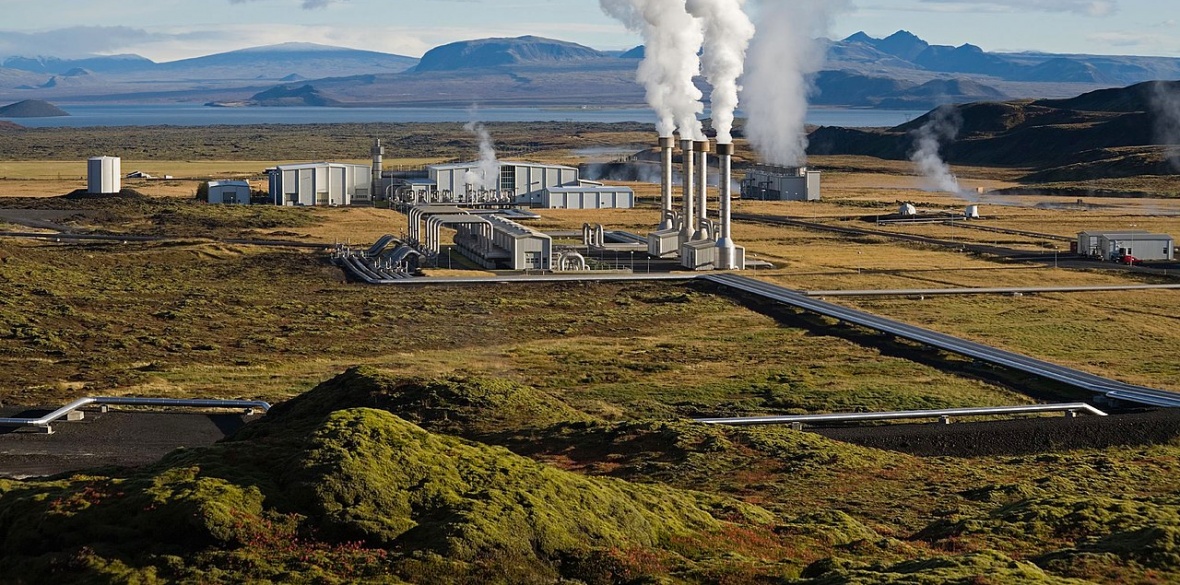This is the last article you can read this month
You can read more article this month
You can read more articles this month
Sorry your limit is up for this month
Reset on:
Please help support the Morning Star by subscribing here
IN THE current crisis of anthropogenic climate change, there is a pressing need to reevaluate our relationship with energy — specifically, how it is sourced, generated and consumed.
The world is acting to tackle climate change. The Paris Agreement, reached in December 2015, aims to hold the increase in global temperature to well below 2°C above pre-industrial levels, to pursue efforts to limit it to 1.5°C and to reach net zero global emissions for greenhouse gases in the second half of the century.
Scotland is setting ambitious domestic commitments to reduce greenhouse gas emissions.
In 2009, the Scottish government established the Climate Change (Scotland) Act which set the foundation to reduce carbon emissions and transform the energy sector in Scotland.
The legislation set a long-term target for an 80 per cent reduction of greenhouse gas emissions on 1990 levels by 2050, with an interim target of 42 per cent reduction to be achieved by 2020.
The Scottish government’s proposed new Climate Change Bill commits to a 90 per cent emissions reduction target by 2050, with Scottish Labour backing a net zero target by 2050.
The Scottish government recognises that to realise the statutory climate change ambitions requires substantial changes in energy generation and energy use.
Outlined in the Scottish Energy Strategy, by 2030, the equivalent of 50 per cent of the energy for Scotland’s heat, transport and electricity consumption is to be met by renewable sources.
Electricity generation has often dominated the debate surrounding the Scottish energy sector and the progress which has been made in decarbonising electricity is a considerable achievement.
However, the majority of Scotland’s energy consumption is heat-related (51 per cent), not electrical.
Currently, across the UK the annual emissions associated with domestic, commercial and industrial heating are about 150 million tons of carbon dioxide equivalent.
It is essential that low-carbon heat is rolled out at scale if Scotland is to meet the long-term climate change targets.
It is not solely in the energy supply sector that the Scottish government is facing challenges. Despite a welcome decrease from previous years, latest statistics show that 26.5 per cent of households in Scotland were considered to be fuel poor and 7.5 per cent were living in extreme fuel poverty.
The question is whether an alleviation of fuel poverty can be achieved while also pursuing decarbonisation and guaranteeing security of energy supply.
Unfortunately, the technological options currently available to combat fuel poverty, such as more efficient gas-fuelled central heating systems, generally involve fossil fuel use, which should be minimised for the purpose of climate change mitigation.
Other technologies, such as biomass-fired district heating, are arguably renewable, however widespread uptake is hampered due to emissions standards in cities.
It is evident, therefore, that in order for Scotland to tackle climate change and fuel poverty, a diverse renewable heat sector is required.
One technology option that avoids the aforementioned drawbacks while contributing towards reducing CO2 emissions is geothermal energy. Geothermal energy is low carbon, sustainable, capable of providing baseload energy and does not suffer from the intermittency problems experienced by other renewable energy sources such as wind and solar.
The Britain’s geothermal heat resource is substantial. There are areas of high geothermal resource which, crucially, align with centres of population and high heat demand.
For many areas of Britain it would be technically feasible to use geothermal heat for space heating via district energy schemes.
The deep geothermal potential in Britain was examined in the late 1970s and ’80s in response to the global oil crisis. Following this investigation, a geothermal borehole was successfully drilled at Southampton, supplying water at 75°C and forming the basis of the Southampton District Energy scheme, delivering heat and power to a hospital, university and commercial businesses in central Southampton.
There was a hiatus in exploration for geothermal energy until the 21st century.
The renaissance began in Co Durham, with wells drilled at Eastgate and at Newcastle Science Central. Geothermal projects are now under way in Cornwall and soon to be in Scotland.
In central Scotland, the focus of my research, two potential geothermal resources exist — hot water in flooded abandoned mine workings and in sedimentary aquifers around 2 to 2.5km depth in the subsurface.
This year we will see geothermal projects taking place at the Halo urban regeneration development in Kilmarnock and at the UK Geo-energy Observatories site in Glasgow.
The development of geothermal energy, particularly in extracting the resource in flooded abandoned mine workings offers the opportunity to deliver low-carbon, cost-effective heat and employment opportunities to former coalfield communities ravaged by decades of deindustrialisation.
Furthermore, skills from the petroleum industry could be used to drill wells and produce hot water from deep below our major cities and towns.
Similarly, the ageing and non-productive infrastructure used for petroleum production in Britain could be upcycled and repurposed for hot water production, using existing facilities and deferring abandonment costs.
As a component of an integrated energy supply strategy, geothermal energy aligned with district energy schemes may have the potential to provide the low-carbon, sustainable energy needed to meet ambitious climate change targets as well as increasing energy security, creating jobs and combatting fuel poverty. The time to drill for geothermal energy is now.
Sean Watson is a PhD student at University of Glasgow researching the scope for deep geothermal energy to combat fuel poverty in Glasgow. The University of Glasgow is a founding member of the BritGeothermal research partnership. Further information on this subject is detailed in the publication Keeping Warm: A Review of the Deep Geothermal Potential of the UK (Gluyas et al, 2018) at eprints.gla.ac.uk/155665/1/155656.pdf.











